JULIA GERLOFF
MASTER OF ARCHITECTURE STUDENT
EMAIL R | JQGERLOFF@GMAIL.COM
PHONE | (651) 252 7754




MASTER OF ARCHITECTURE STUDENT
EMAIL R | JQGERLOFF@GMAIL.COM
PHONE | (651) 252 7754



COORDINATOR:
MALINI SRIVASTAVA
SPRIN 2024 MOD A
This Net-Positive Design Studio uses an exisiting building, Nolte, as a case study to emphasize the connection between architectural design, environmental technology, and high-performance regenerative practices. The objective is to develop advanced design strategies, implement processes and techniques to enhance performance, and redefine architectural beauty through a socio-ecological lens.


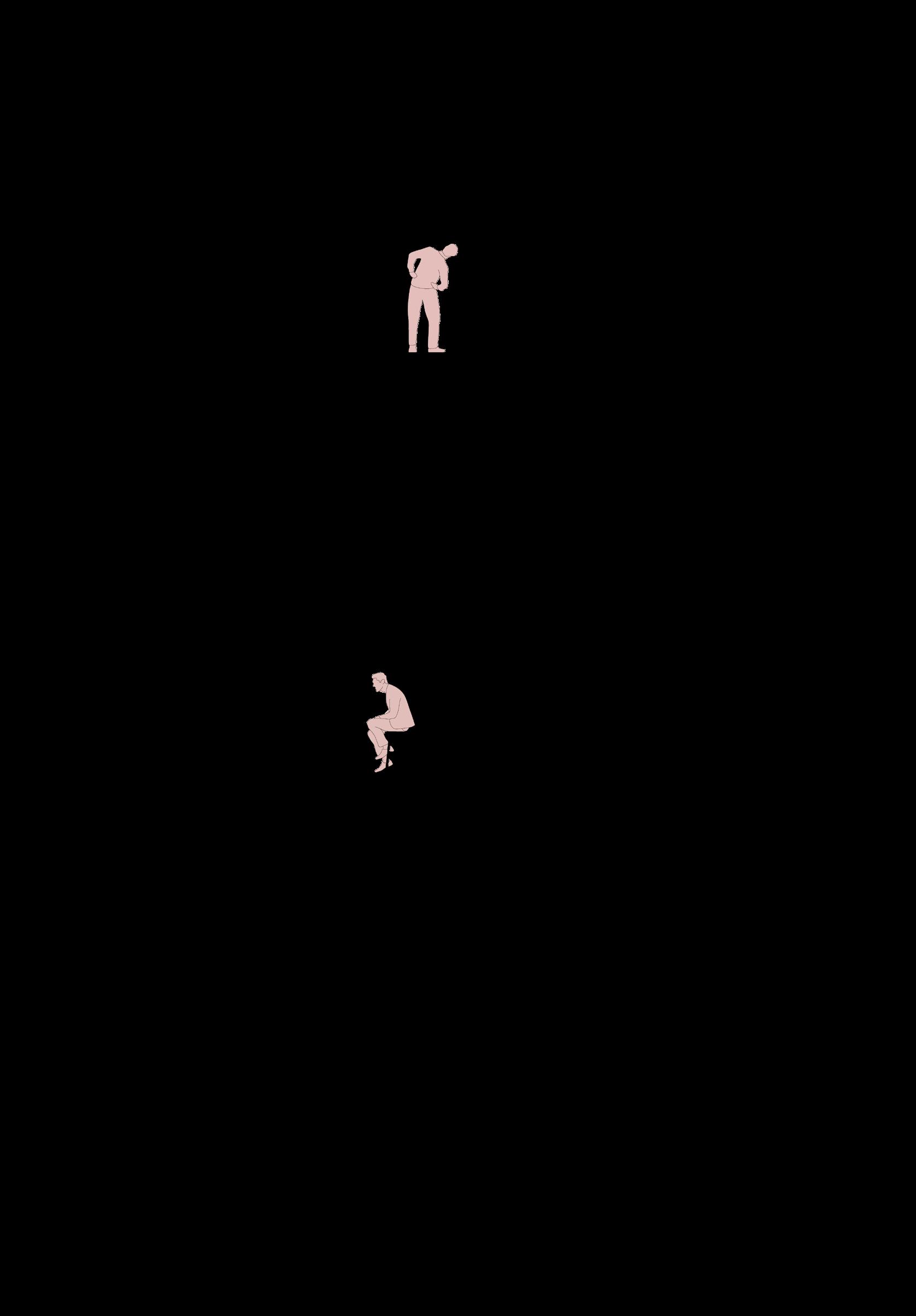

COORDINATOR:
MIKE CHRISTENSON
This studio is a continuation from the previous studio project. The projects are swapped between students. With the new projects, we develop the ability to make design decisions within architectural projects while demonstrating integration of building envelope systems and assemblies, structural systems, environmental control systems, life safety systems, and the measurable outcomes of building performance.




LISA HSIEH, DZENITA HADZIOMEROVIC FALL 2022
This work is from the first project presented to students in GD1 (the first semester of the graduate architecture program). The project parameters ask students to recreate a toy by altering its typology, use, form, and rules. Thus, the chosen toy is deconstructed and reconstructed.



The play inspiration comes from a handheld origami fortune teller designed to reveal one’s fate, which is turned into a game of competition. Players can spring open the triangular stand to catch fabric triangles into one of three openings. PRELIMINARY

CONSTRUCTED TOY

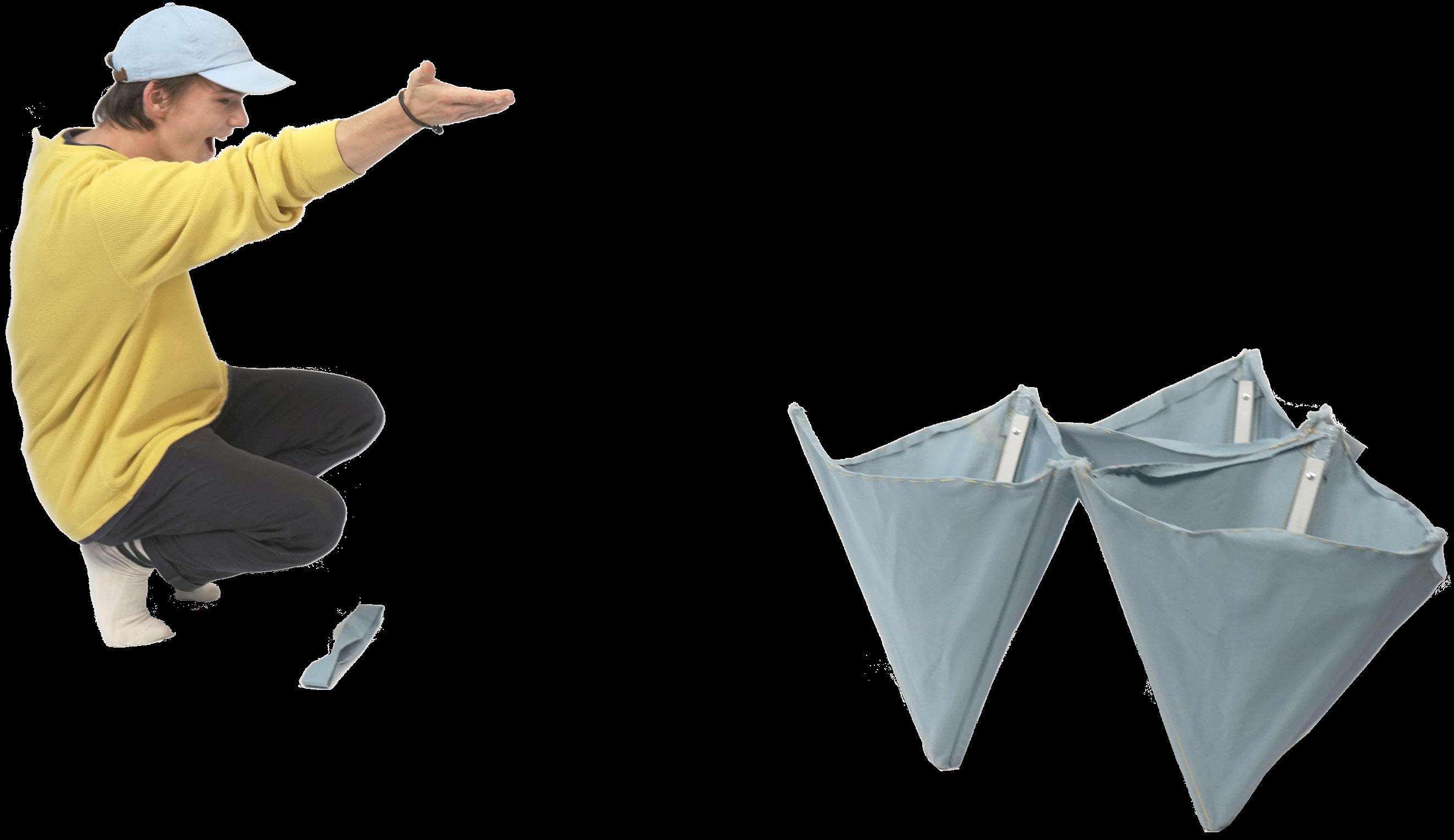

LISA HSIEH, DZENITA HADZIOMEROVIC FALL 2022
This project consists of a site analysis and creating a space for a client who is a beekeeper. The site is from a previous assignment analyzing and deconstructing the Poli House by Von Ellrichshausen.
The prominent players in the apparatus were actually the bees and the observer was the beekeeper. The program called for active verbs for the bees – cluster, protect, hover, pollinate, collect, and tunnel – and passive verbs for the beekeeper – observe, inspect, meditate, and heal.
The overall design concept for the play apparatus is to create a functional and interactive space for the bees and the beekeeper. The enclosure is divided into two main sections: the abovegrade portion is dedicated towards the bees while the smaller underground section provides just enough space for the beekeeper. This, in turn, centers the design around the bees and their activities.



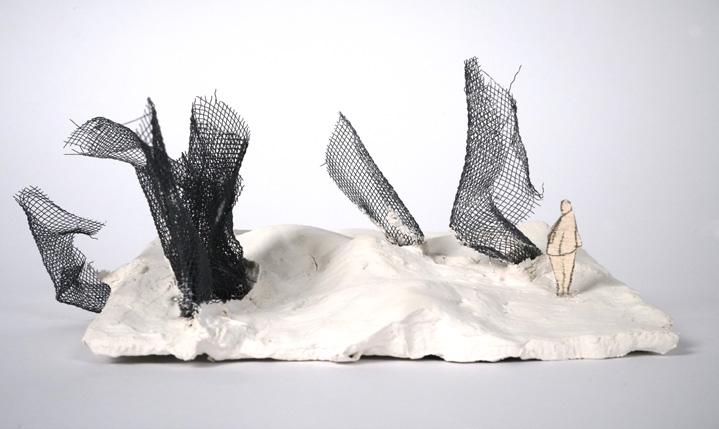



FINAL MODEL | BEEKEEPER LIVING SPACE
OXIDIZED METAL EXTERIOR
FRAMING FOR BEE HIVE
TRANSLUCENT GLASS
BEEKEEPER LIVING SPACE


LISA HSIEH, DZENITA HADZIOMEROVIC FALL 2022
C ollaborators | D anielle Cramer, Ruweyda Mohamed, Rryan Loudenback
This is the first collaborative project assigned to GD1 students that aims to explore space through color exploration, visual de/re-construction, and multiple sensory experiences. The project used Haus-Rucker-Co’s mind expander chair as inspiration for design development.
Black box is a frame for individual sensory experience, in which one’s sense of sight is eliminated, heightening other senses.
I specifically worked on the ideation process, building both the wooden frame of the box and fabric layer, and creating the photos.




PROFESSOR:
MIKE CHRISTENSON
PROGRAM:
During this course we were tasked to draw details of various wall sections. Assignment 2 required consideration of the layers and to provide calculations of the R values to better understand each material and layers contribution to the envelope.
Assignment 3 looked at intersections: wallto-ground and wall-to-intermediate-floor.
Assignment 4 required drawings and analysis of an exterior wall and to explore how the envelope mediates the transfer of water, heat, air, and vapor.
Food isolates us and reinforces pre-existing borders of culture, tradition, and habit. What happens when our food choices shut doors and build an infrangible border between ourselves and others? Perhaps a perception develops based on what we consume?
What is a food journey?
The tryptic oil painting series depicts my food journey, which has traversed borders, departing first from a bodily memory of warm congee, then sheltering itself in repetitive bland carbs, and finally tangling in the web that interconnects food, identity, and culture.
Through the act of painting and an interactive hanging insulation, I explored these ideas by recalling, reflecting, and reliving memories.
All of this is hidden behind a wall of take-out Chinese boxes - during the opening gallery exhibition, one could cut down a box and find homemade white vanilla cake inside - ready to be consumed and slowly revealing the paintings behind.
Who are we based on the foods we eat?

CAPSTONE PROJECT FOR RACE & ETHNIC STUDIES
JONATHAN NAITO
SPRING 2022
I wrote and illustrated three children’s books on transracial/transnational adoption in partial fulfillment of the St. Olaf Race & Ethnic Studies major. Specifically, I examined transnational Chinese adoption to open the dialogue about identity, power, choice, and found family.
The books center the adoptee’s voice and inner thoughts. The main character ages and evolves throughout the series. As she grows older, the books’ language and themes evolve to suit an aging reader–creating an ongoing safe place for adoptees to turn to as they grow and integrate their adoption journey.
The images shown are a few selected pages from the first book, Wondering, an early picture book. Wondering focuses on common questions adoptees imagine about their birth parent and where they come from. This book is meant to normalize these questions adoptees may have and show that is it okay to “wonder.”



INITIAL LAYOUT



CAPSTONE PROJECT FOR RACE & ETHNIC STUDIES
JONATHAN NAITO
SPRING 2022
The second book, Grounding, is an early reader’s chapter book for ages 4-7. This book focuses on common obstacles adoptees begin to encounter at a young age, such as other people feeling entitled to knowing the adoptee’s deeply personal past. This book aims to give power to the adoptee, emphasizing that they have a choice over with whom and how they share their story and history. As Farrah navigates these struggles, she finds a safe place among her fellow adoptee friends.

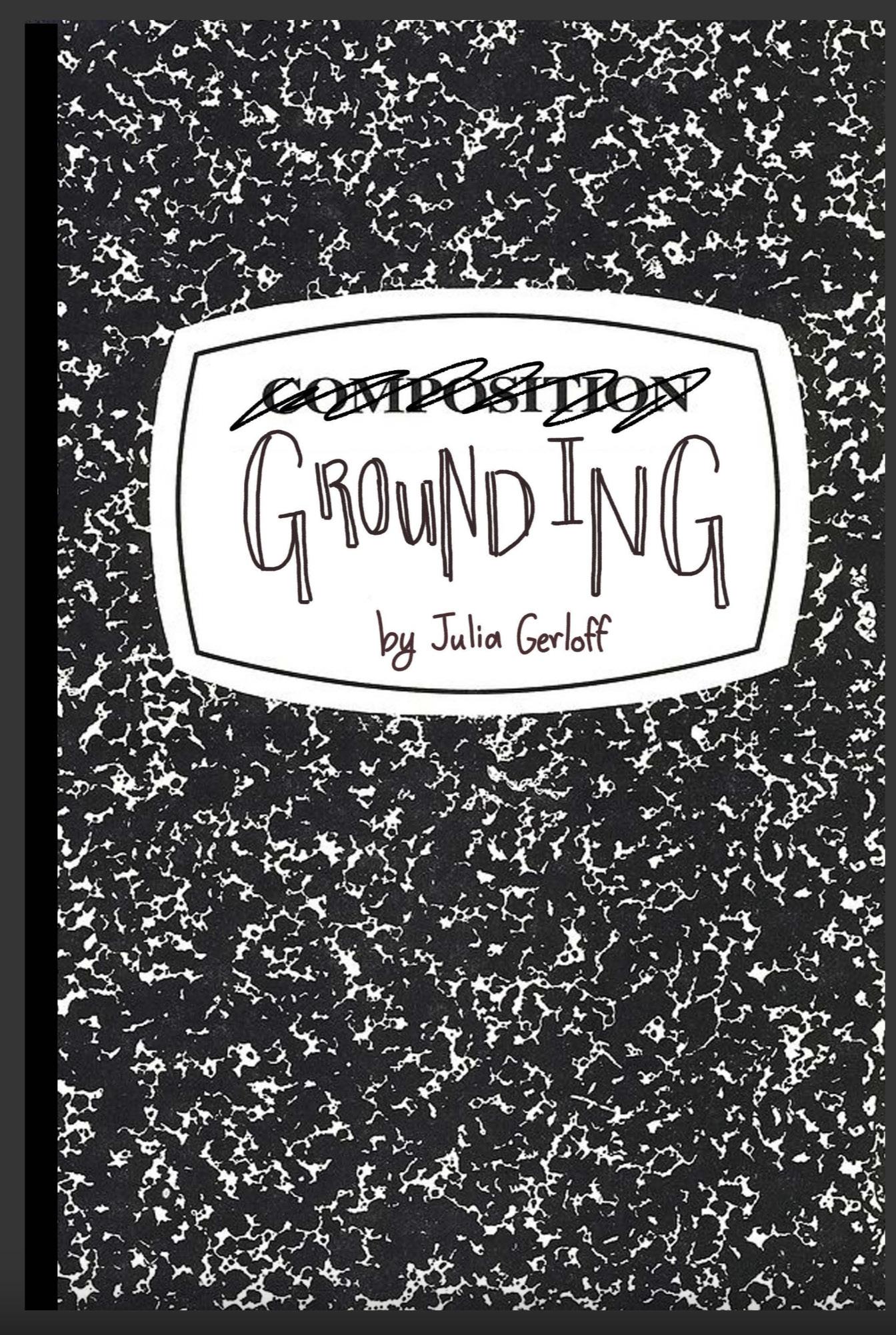
CAPSTONE PROJECT FOR RACE & ETHNIC STUDIES
JONATHAN NAITO
SPRING
2022
The third book, Discovering, is a chapter book aimed for ages 6-12. This book shows that the adoption journey touches all aspects of life, often inserting itself into questions, worries, and anxieties in disparate parts of life. In Discovering, Farrah gains self-confidence by undergoing a series of challenges that also help in forming friendships with her peersThis book begins to express the ideas of creating a found family, where adoptees can find a safe place with other adoptees and friends outside of the nuclear family.
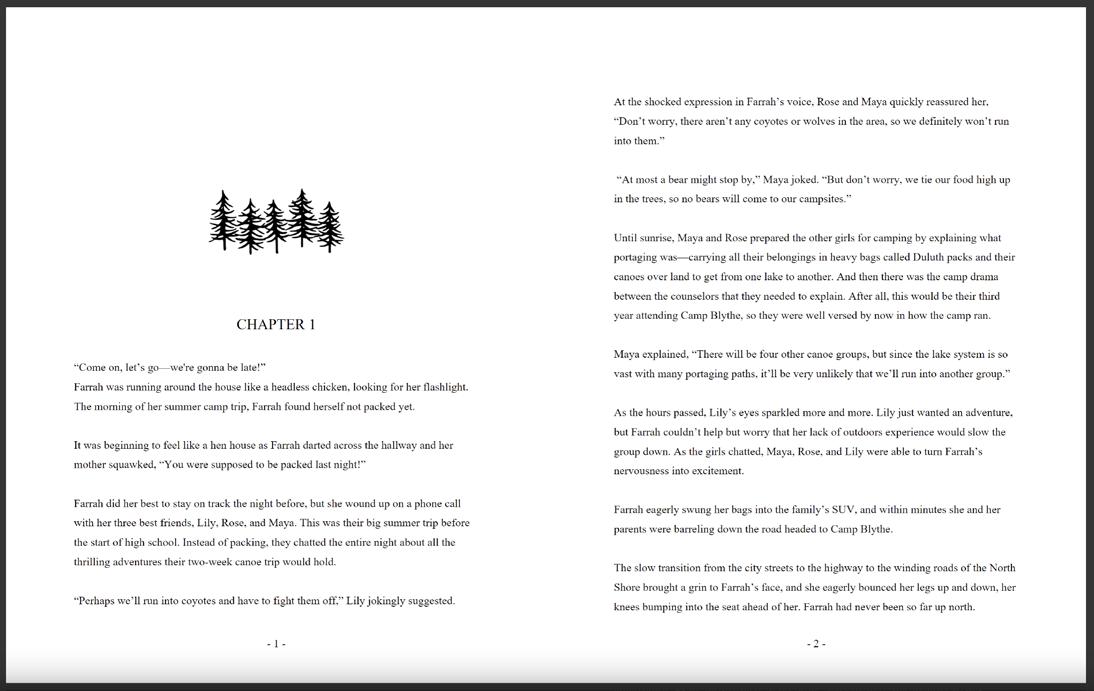

UNDERGRAD ART CLASSES
ST. OLAF COLLEGE
2018-2021

UNDERGRAD ART CLASSES
ST. OLAF COLLEGE
2018-2021

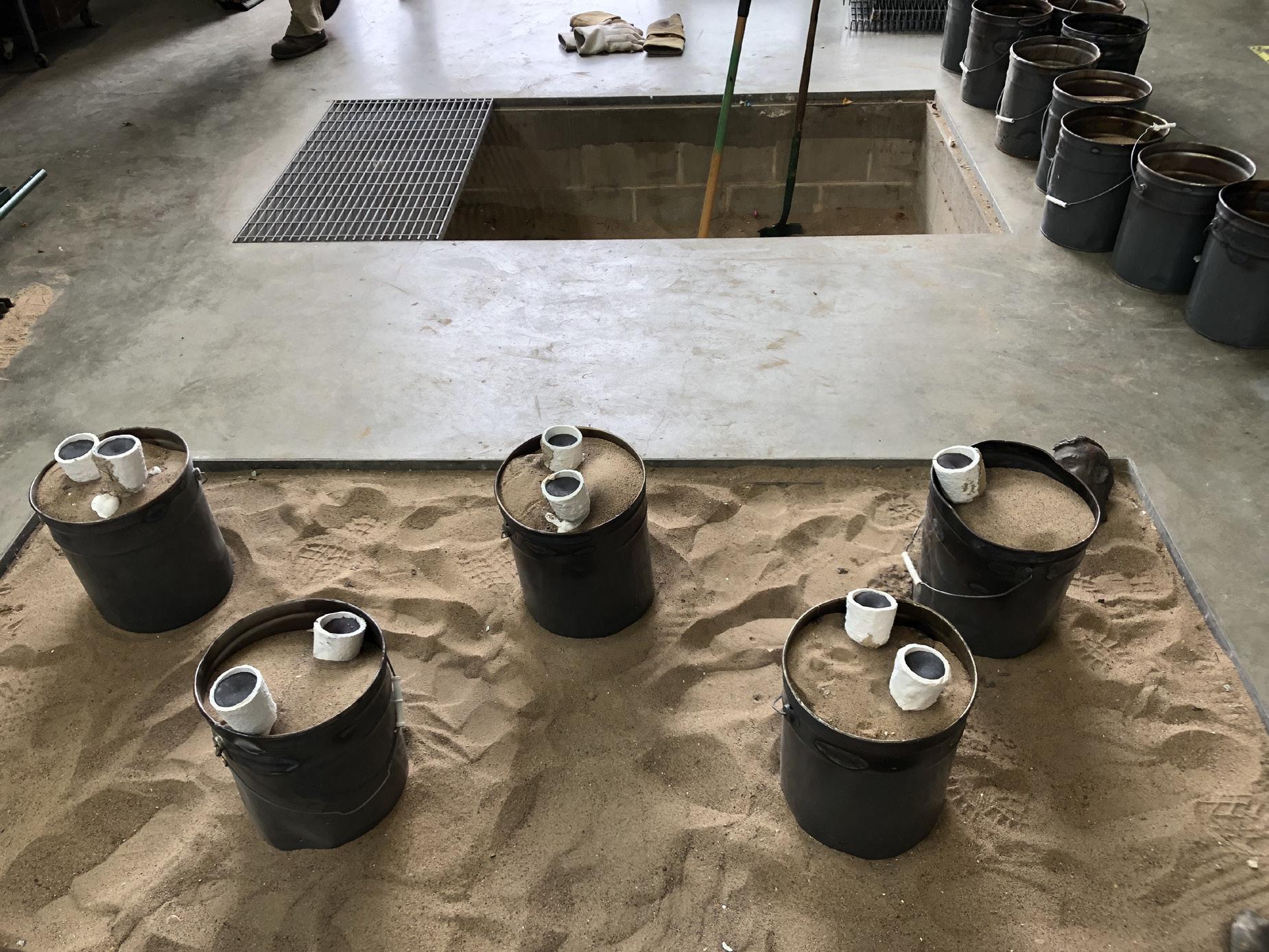

UNDERGRAD ART CLASSES
ST. OLAF COLLEGE
2018-2021


UNDERGRAD ART CLASSES
ST. OLAF COLLEGE
2018-2021


